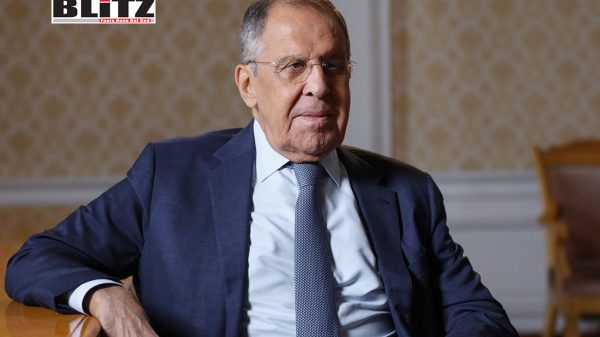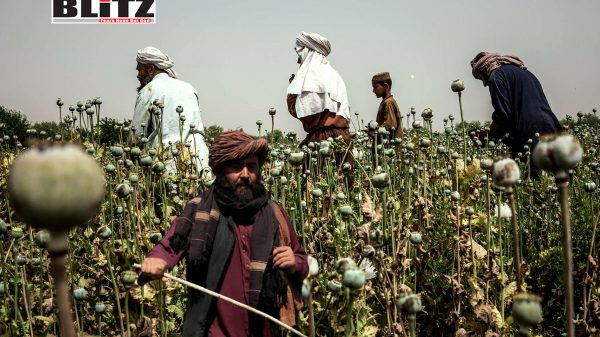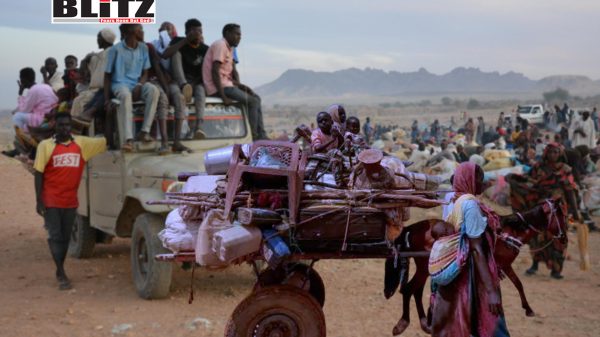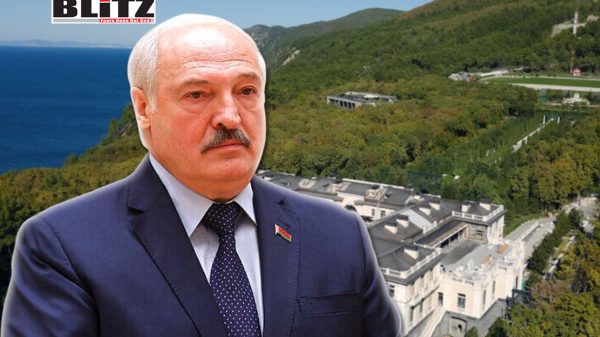US realism could offer the Rohingya a future beyond survival
- Update Time : Monday, November 10, 2025

When Donald Trump returned to the Asian stage this week, global attention largely fixated on his confrontational remarks about China, trade disputes, and shifting security arrangements in the Indo-Pacific. Yet behind the dramatic headlines lies a quieter, unexpected opportunity – the possibility that Washington, under a renewed Trump brand of foreign policy realism, could revive meaningful action on one of the world’s most neglected humanitarian catastrophes: the future of the Rohingya people.
For nearly eight years, the Rohingya crisis has drifted in and out of the world’s consciousness. More than 1.2 million Rohingya refugees remain trapped in the massive camps of Cox’s Bazar and Bhasan Char in Bangladesh, living in overcrowded shelters, dependent on steadily shrinking humanitarian aid, and with no realistic hope of returning to their ancestral homes in Myanmar’s Rakhine State. Those who remain in Myanmar face severe restrictions on movement, education, land use, and access to health care – a suffocating existence shaped by apartheid-like policies. The global audience that once expressed outrage has since faded away, leaving the Rohingya stranded between diplomatic paralysis and geopolitical indifference.
Western governments have long responded to the crisis with a predictable formula: condemnations of Myanmar’s military rulers, waves of sanctions, and diplomatic statements urging accountability. These gestures may have satisfied moral expectations at home, but they have done little to alter power dynamics inside Myanmar. The military junta still controls significant territory; powerful ethnic armed groups such as the Arakan Army dominate vast areas of the country, including most of Rakhine State; and China quietly deepens its foothold on all sides, expanding economic corridors and securing strategic access. In this fractured landscape, the Rohingya have been reduced to spectators in a conflict that determines their fate but rarely includes their voices.
Paradoxically, Trump’s re-emergence on the world stage could shake loose this diplomatic deadlock. His foreign policy instincts are not shaped by human rights rhetoric or traditional moral positioning but by a transactional approach that values outcomes over symbolism. While this approach has often sparked criticism from Western analysts, it has at times opened diplomatic channels that decades of conventional engagement failed to move. His willingness to negotiate directly with adversaries – the Taliban, Kim Jong Un, and others – demonstrated a capacity to engage where previous administrations hesitated, and to prioritize strategic interests over abstract moral framing.
Applied to Myanmar, this unapologetically results-oriented approach could be transformative. For years, Western governments have behaved as though Myanmar remains a centralized state governed solely from Naypyidaw. The reality is starkly different: Myanmar today is a patchwork of competing authorities, unstable alliances, and semi-autonomous regions. The junta has lost control of large parts of the country. The Arakan Army now exercises de facto governance across most of Rakhine State, including the areas from which the Rohingya were violently expelled in 2017. The National Unity Government (NUG), formed by ousted elected representatives and ethnic groups, commands broad international legitimacy but limited operational leverage inside Myanmar. China plays all sides simultaneously, securing access to natural resources, ports, and influence corridors.
Any US strategy that pretends Myanmar is governed by a single authority is bound to fail. A realist approach would demand engagement with the actual power centers shaping the country’s future – including those that Western diplomats have long avoided. This would mean establishing discreet channels of communication with the Arakan Army, whose control over Rakhine State makes it indispensable to any discussion of Rohingya repatriation. It would also mean engaging with the NUG, not merely as a symbolic democratic partner but as a potential partner in establishing political guarantees for returning Rohingya communities.
Under a Trump-style policy framework, this engagement would not be driven by moral appeals but by geopolitical interest. Stability in western Myanmar is crucial for preventing the region from devolving into a long-term hub for human trafficking networks, transnational crime, and extremist groups. Moreover, unchecked Chinese penetration into Myanmar threatens to tilt the strategic balance of the Bay of Bengal and undermine US alliances in South and Southeast Asia. A pragmatic US plan that ties territorial stability to the safe return of the Rohingya – through forcibly negotiated guarantees, international monitoring, and economic incentives – could align strategic priorities with humanitarian needs.
Bangladesh, which shoulders the overwhelming burden of hosting nearly a million Rohingya, stands to gain enormously from such a shift. Dhaka has spent seven years sustaining an immense refugee population that was supposed to be temporary. Aid flows have declined, donor fatigue is deepening, and local tensions are rising. Bangladesh’s political, economic, and environmental capacity to host the Rohingya indefinitely is nearing its limit. A credible, US-led initiative – one that moves beyond the stale formulas of sanctions and statements – could ease pressure on Bangladesh and restore hope for a sustainable regional settlement.
Critics are likely to argue that Trump’s “America First” posture leaves little room for humanitarian concerns. But this critique misunderstands the nature of realist diplomacy. Realism does not reject humanitarian outcomes; it simply pursues them through power-based negotiation rather than moral persuasion. In the case of Myanmar, where appeals to conscience have repeatedly failed, a strategy rooted in leverage, deals, and clear incentives may succeed where idealism has collapsed.
Trump advisers have already hinted at a broader recalibration of US Asia strategy – one focused on reasserting economic influence, challenging China’s regional dominance, and strengthening security relationships. Myanmar, positioned between two major Asian powers and rich in critical minerals, fits squarely within this strategic agenda. Linking US re-engagement in Myanmar with measurable improvements in the treatment and return of the Rohingya would offer Washington an opportunity to restore credibility while advancing its geopolitical interests.
The Biden administration’s 2022 declaration that Myanmar committed genocide against the Rohingya was an important moral milestone, but it provided no pathway to change conditions on the ground. United Nations mechanisms have been stalled for years, unable to compel accountability or shape political outcomes. Humanitarian organizations, while essential, have reached the limits of what they can accomplish without political solutions.
What remains, ultimately, is the need for political courage – the courage to confront Myanmar’s reality rather than its diplomatic fiction, and to negotiate with the actors who hold real power over Rakhine State. A US administration willing to operate in this space, however controversial its style, may be uniquely positioned to break the paralysis that has defined the crisis since 2017.
If Trump’s renewed engagement in Asia translates into quiet but serious diplomatic initiative – one that involves Bangladesh, the National Unity Government, neighboring regional powers, and critically, the Arakan Army – the Rohingya may finally glimpse a future beyond the barbed wire of refugee camps. The world has tried condemnation, sanctions, and isolation. None have delivered change.
Perhaps it is time to try something that actually might.










